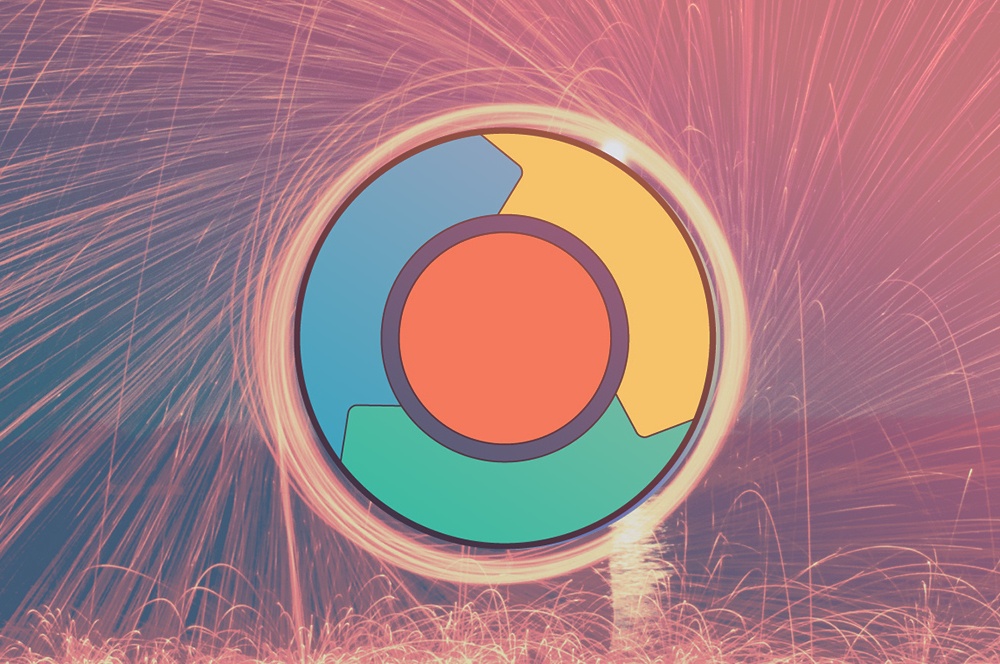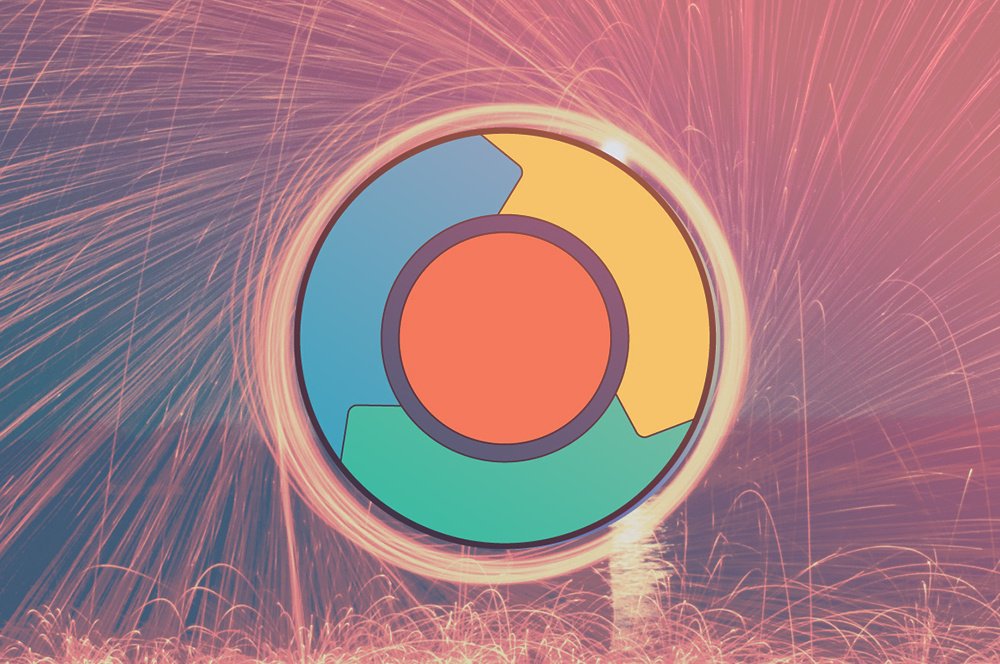With word of mouth being so crucial, losing the momentum you generate in creating a new customer is a real drag on your growth. No -- when you think of your business as a flywheel instead of a funnel, you make different decisions. We’ve invested more in customer marketing, more in customer advocacy, and more in creating delightful onboarding for new customers. In a funnel model, all force is applied to attract and acquire customers. In a flywheel model, you also apply force to delight those customers and make them successful. In his keynote, he assigned the following “homework” to attendees: Identify the core flywheel metrics your company tracks Identify your company’s forces by flywheel stage Re-draw those forces to maximize delight and word of mouth Identify points of friction between your customers and your employees, and points of handoff between internal teams, that affect customer experience Re-align those points of friction to better serve the customer through automation, shared goals, or a reorganization To help you build your flywheel and turn it into a growth tool for your business, I’ve completed his homework for HubSpot’s flywheel, and provided a guide for you to do the same. Here’s how we think about each stage: Attract: This is where prospects enter your flywheel and interact with your company for the first time. Here are the friction points that HubSpot has solved with automation: Step 3: Reset goals to bridge teams Often, friction exists because two teams are moving in opposite directions. Overall odds of winning depend on number of entries received during the OurFlywheel Homework Giveaway Period. Any entrant who creates multiple accounts with Twitter or INSTAGRAM for the purposes of increasing the odds of winning this OurFlywheel Homework Giveaway will be disqualified.

I’ll be honest. When Brian Halligan (HubSpot’s CEO) started talking about retiring the funnel and adopting the flywheel as the model to think about our business, I was not very happy.
See, I love the funnel. It’s been my trusted sidekick for years. It’s given me the hard feedback I’ve needed, celebrated my team’s successes, and gotten me out of more growth troubles than I care to admit. I love the funnel so much that my team at HubSpot was literally called the Funnel team, and the opening slide of my global team kickoff this year was a photo of about 25 funnels.
So no disrespect to Brian, but “retire the funnel”? Yeah right.
That is, until I started learning about flywheels. Turns out, they’re pretty amazing.
Funnels lose the energy you put into them once you reach the bottom, but flywheels are remarkable at storing and releasing energy.
Invented by James Watt (yes, the guy whose name is on every lightbulb) over 200 years ago, a flywheel is simple a wheel or disc on an axis, that’s incredibly energy-efficient. The amount of energy it stores depends on how fast you spin it, how much friction there is, and the composition of the wheel itself — how big it is and how much it weighs. Flywheels are used in cars, trains and power plants.
Here’s why this model changed my mind.
Despite the funnel being my first love, I have to admit that its linear approach to measuring growth is a huge weakness. Funnels produce customers, but don’t consider how those customers can help you grow. And all the momentum you built acquiring that customer? Gone. Each day, each month, and each quarter, we have to start new.
This isn’t just inefficient, it’s a major problem. Ignoring how customers can help you grow is perilous in today’s world.
Word of mouth has always been fundamental to great marketing, but look at the world we living in today. Trust is at an all time low, it’s harder to get distribution on Google and Facebook, and prospects are doing far more independent research than they ever have. With word of mouth being so crucial, losing the momentum you generate in creating a new customer is a real drag on your growth.
Whereas funnels lose their momentum at the bottom, flywheels leverage their momentum to keep spinning. Also, because they preserve momentum so well, all of the additional energy you add to spin it faster adds to the capacity of the whole.
Why the Flywheel Framework Matters
I know what you’re thinking: Are we just debating jargon for the sake of it?
No — when you think of your business as a flywheel instead of a funnel, you make different decisions.
At HubSpot, shifting to the flywheel model helped us change in the following ways:
- Flywheels represent a circular process where customers feed growth. We’ve invested more in customer marketing, more in customer advocacy, and more in creating delightful onboarding for new customers. We’ve also invested in an integrations ecosystem that helps customers do more with HubSpot and creates real value for people who adopt our suite of software.
- Friction kills flywheels. We’ve made investments that systematically target our biggest points of friction: Great free software as an entry point, channels that help people connect now instead of later, a sales process that solves for prospects, and a broad range of customer education.
Using Your Flywheel as a Growth Tool
Three factors dictate how much momentum your flywheel contains:
- How fast you spin it
- How much friction there is
- How it’s composed — how big it is and how much it weighs
The best teams will have strategies for all three.
Let’s start with how fast you spin it. The speed of your flywheel is increased by applying more force in the areas where it can have the biggest impact. In a funnel model, all force is applied to attract and acquire customers. In a flywheel model, you also apply force to delight those customers and make them successful.
Since you’re applying all sorts of force all around your flywheel, ensure that none of your investments oppose each other. A lack of alignment between sales and customer success, for instance, can create unhappy customers and slow your flywheel when they churn. Classic sales and marketing misalignment is another area where the flywheel can slow. Alignment is crucial.
You can reduce friction by finding the inefficiencies where your customers are losing momentum, and making them better. Improving conversion rates, delighting customers at scale, and addressing issues that cause you to churn customers increase the speed of your flywheel. The other crucial area to consider when thinking about friction is how your teams are organized. Silos, handoffs, and specialization all create friction.
As you successfully increase speed and decrease friction, you will create more delighted customers. More delighted customers means a “heavier” wheel, and one that produces more energy when spun. Said another way, your flywheel produces more growth as your customer count increases. If you can add “density” to those customers, by getting them to adopt more of your products or be more “sticky,” even more momentum and growth can be achieved.
How to Flywheel-ize Your Funnel
In his keynote at INBOUND 2018, Halligan explained the flywheel, and why it’s a powerful new growth model. In his keynote, he assigned the following “homework” to attendees:
- Identify the core flywheel metrics your company tracks
- Identify your company’s forces by flywheel stage
- Re-draw those forces to maximize delight and word of mouth
- Identify points of friction between your customers and your employees, and points of handoff between internal teams, that affect customer experience
- Re-align those points of friction to better serve the customer through automation, shared goals, or a reorganization
To help you build your flywheel and turn it into a growth tool for your business, I’ve completed his homework for HubSpot’s flywheel, and provided a guide for you to do the same.
Here are links to the homework templates:
- Google Slides — you won’t be able to edit this file directly, so make a copy for an editable version
Assignment 1: Measuring the Flywheel
Our first task is understanding the status quo of your flywheel.
At each stage depicted below — Attract, Engage, and Delight — HubSpot has different priorities and commitments that we’ve made to our prospects and customers.
Here’s how we think about each stage:
Attract: This is where prospects enter your flywheel and interact with your company for the first time. Our commitment is to provide value before we extract value from those prospects.
Engage: At this stage, engage prospects that are interested in becoming customers. Our commitment is to make that decision making and purchasing process as easy as possible.
Delight: Finally, new customers have the potential to become promoters of your company. Remember that customer success is your success. Our commitment is to ensure our customers see success with HubSpot.
To determine the health of our flywheel, we asked ourselves two questions:
- What investments are we making at each stage of the flywheel?
- How are we measuring the success or failure of those investments?
Part 1: Mapping your go-to-market strategy
In this step, identify the core activity or program your company has invested in to uphold each of your Attract, Engage, and Delight commitments. Fill out each activity corresponding to its flywheel stage.
You may find that one flywheel isn’t enough to encompass all your company does. That’s perfectly okay — there are probably multiple flywheels spinning in parallel. The purpose of this exercise is to distill the core parts of your business, so focus on the most important activity at each stage.
Attract: At HubSpot, we use inbound marketing principles to get our flywheel spinning. To provide value before we extract value, we’ve heavily invested in free content through our blogs, webinars, campaigns, social media, and HubSpot Academy lessons and certifications.
Convert: To make it easy for prospects to buy, we offer free versions of our software so users can try before they buy and seamlessly upgrade.
Delight: We help our customers succeed through a mix of guided and self-service education. Paying customers have access to a core implementation and strategy team, free users are offered light-touch free support, and both groups are given access to extensive user guides and knowledge base documentation.


COMMENTS